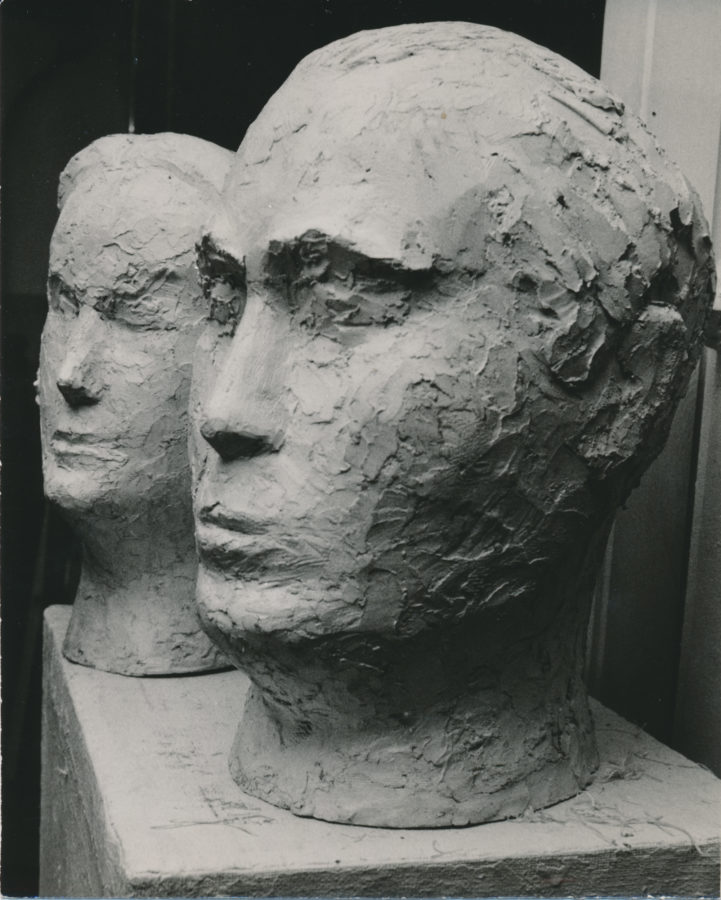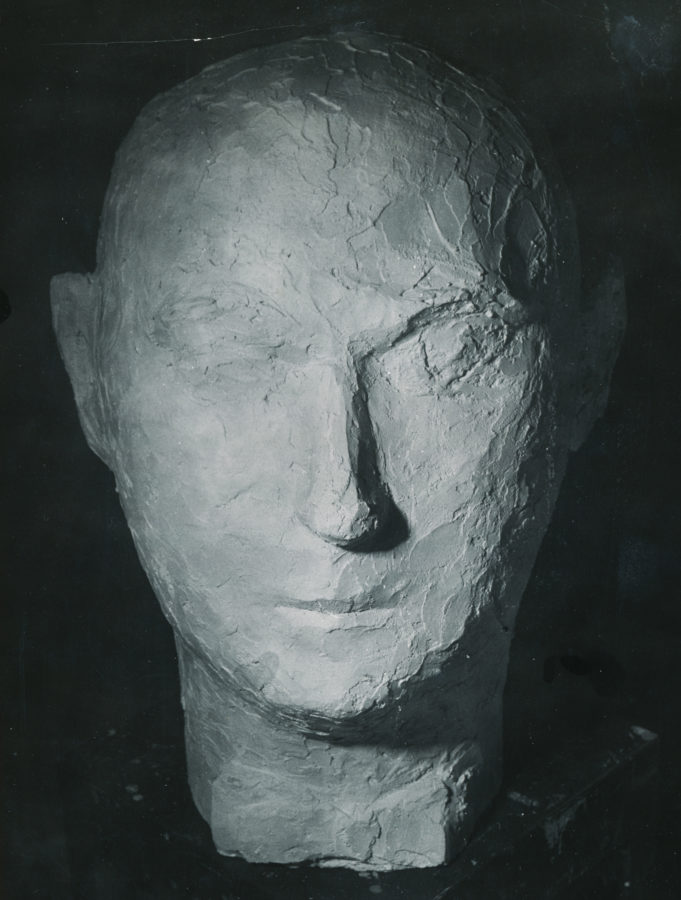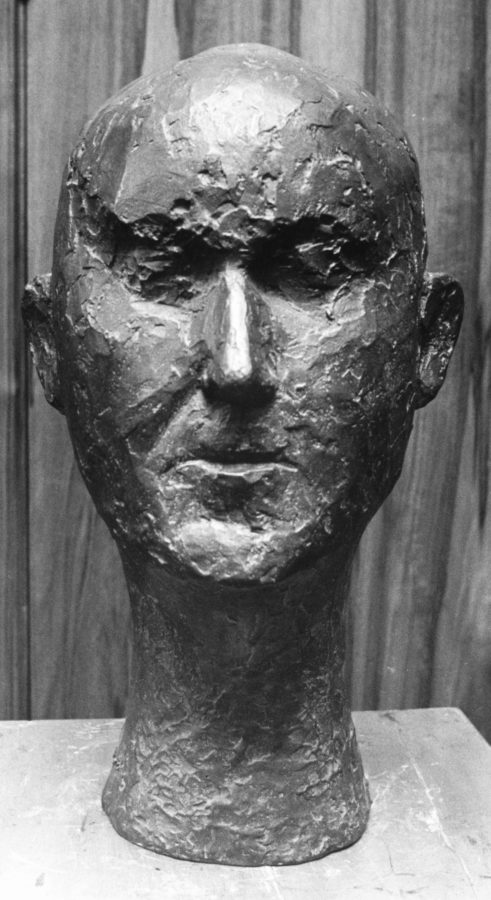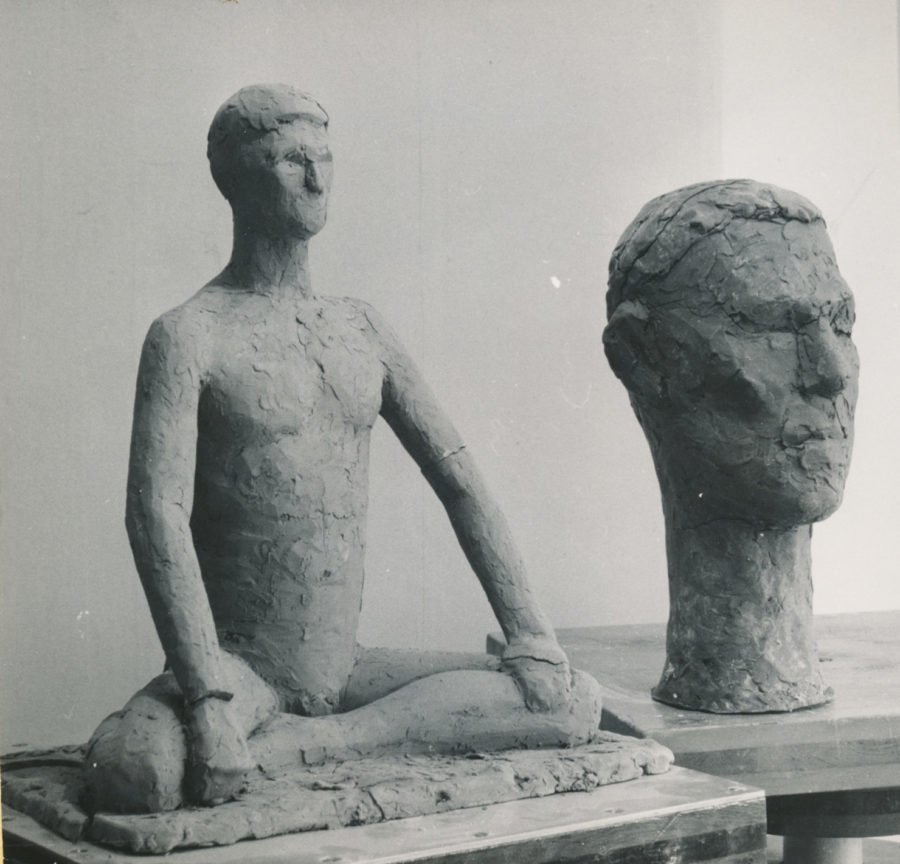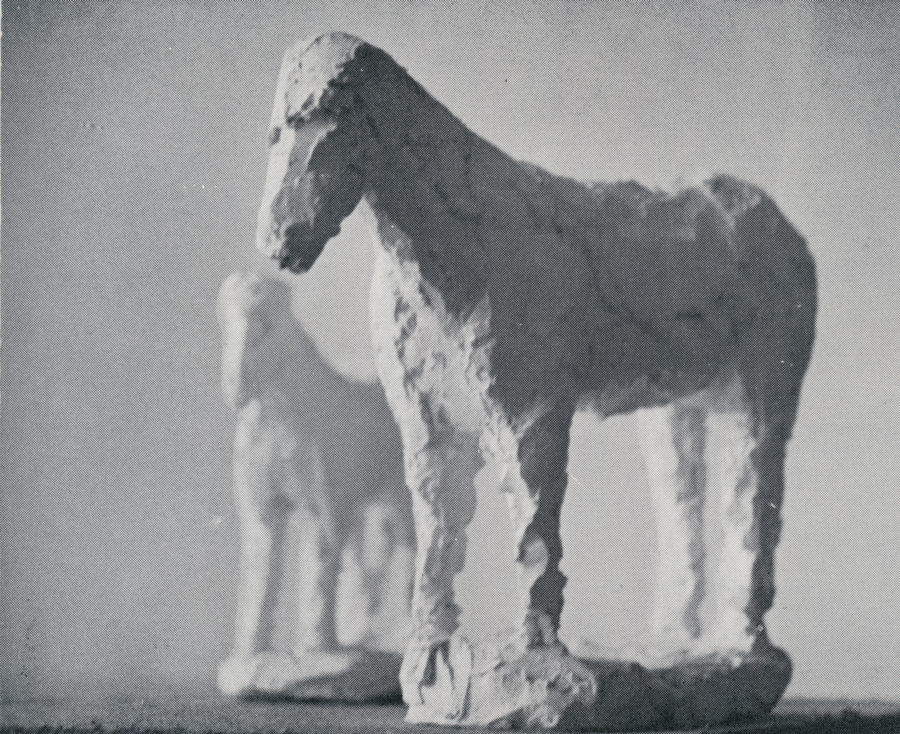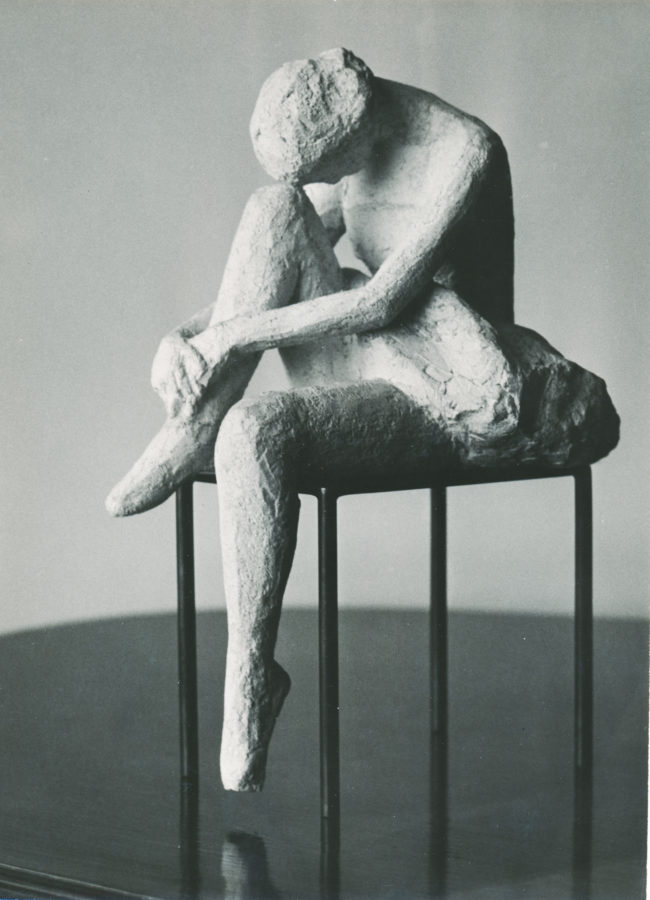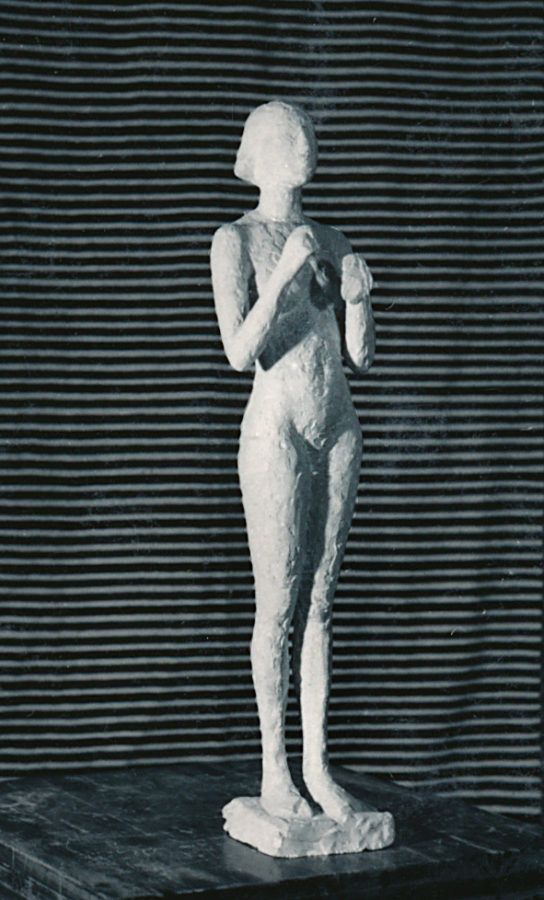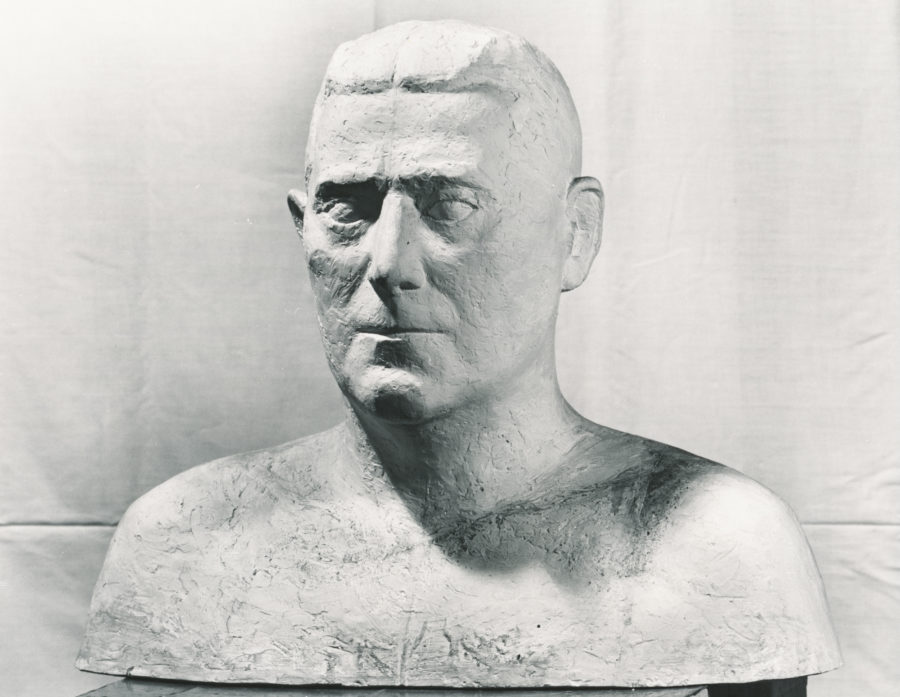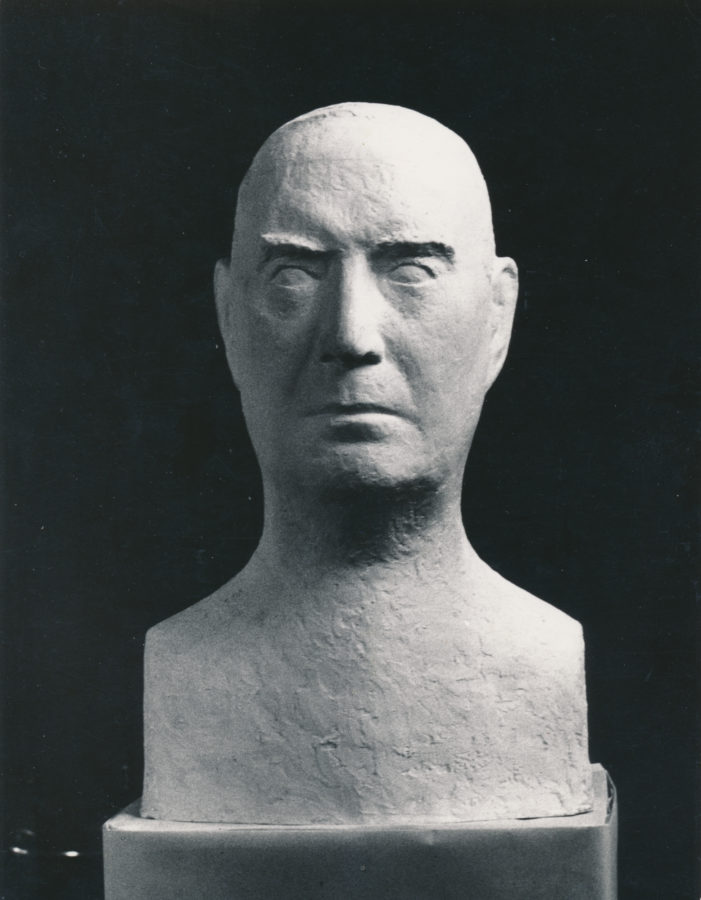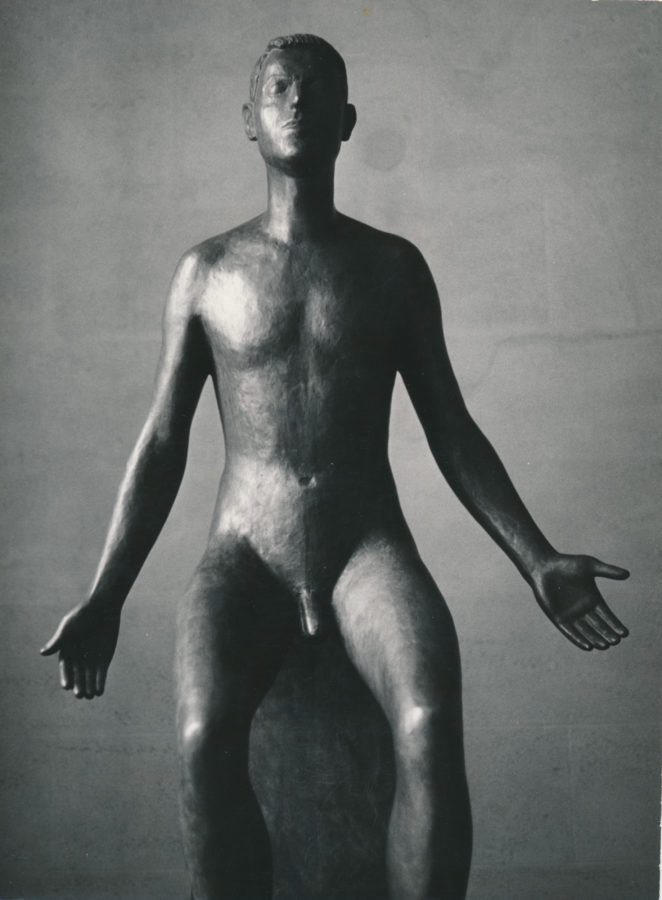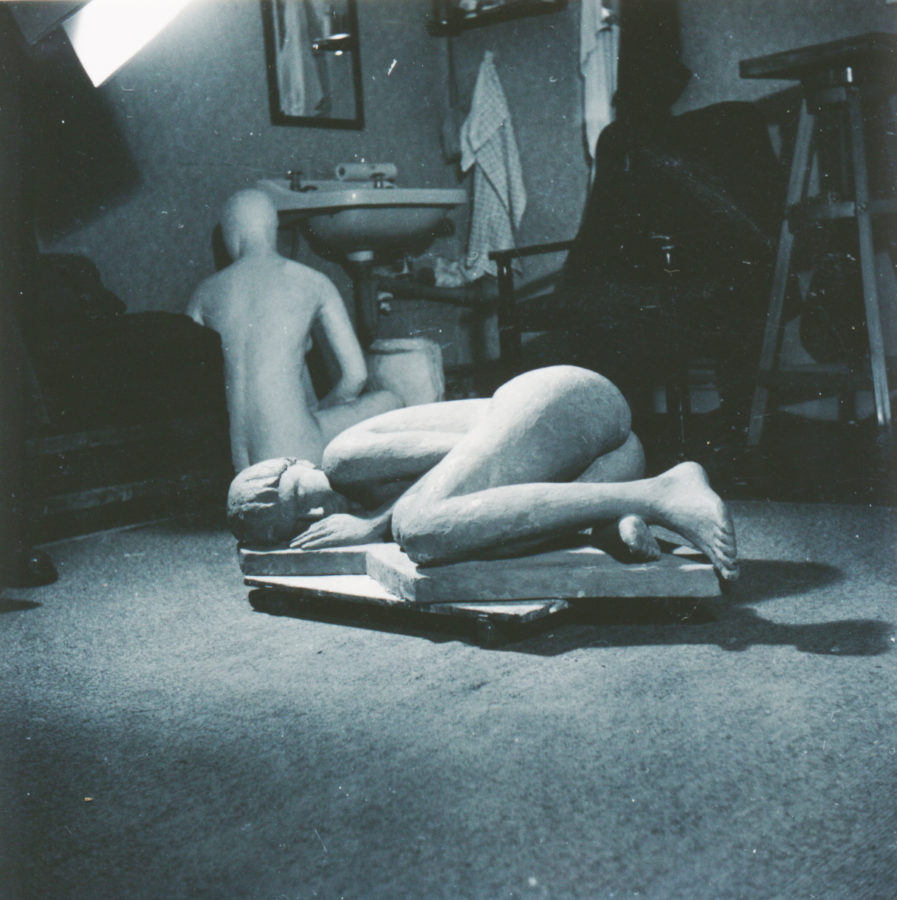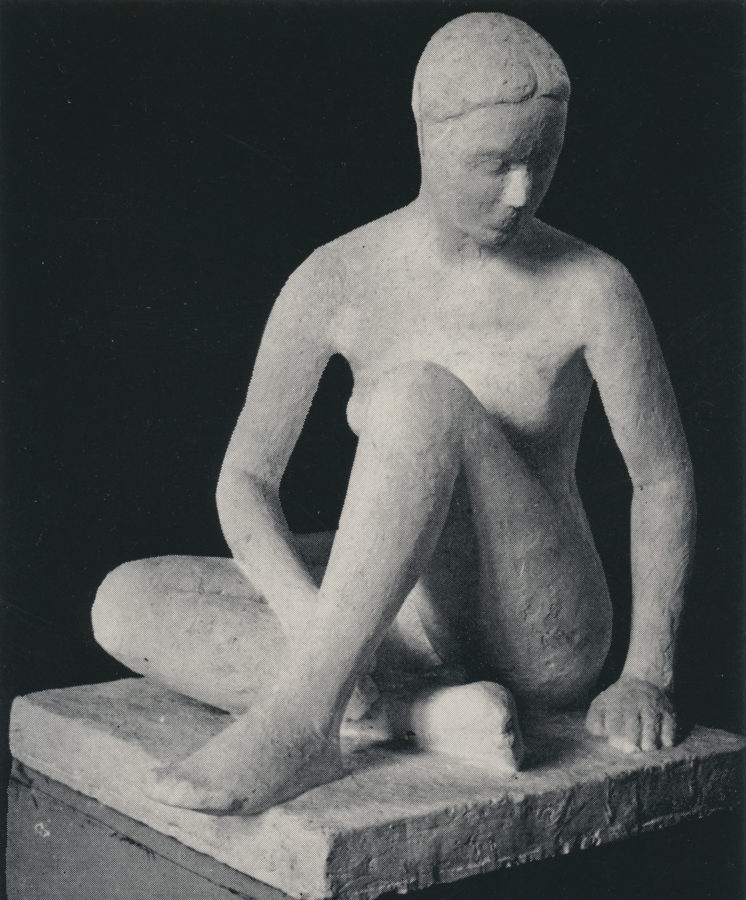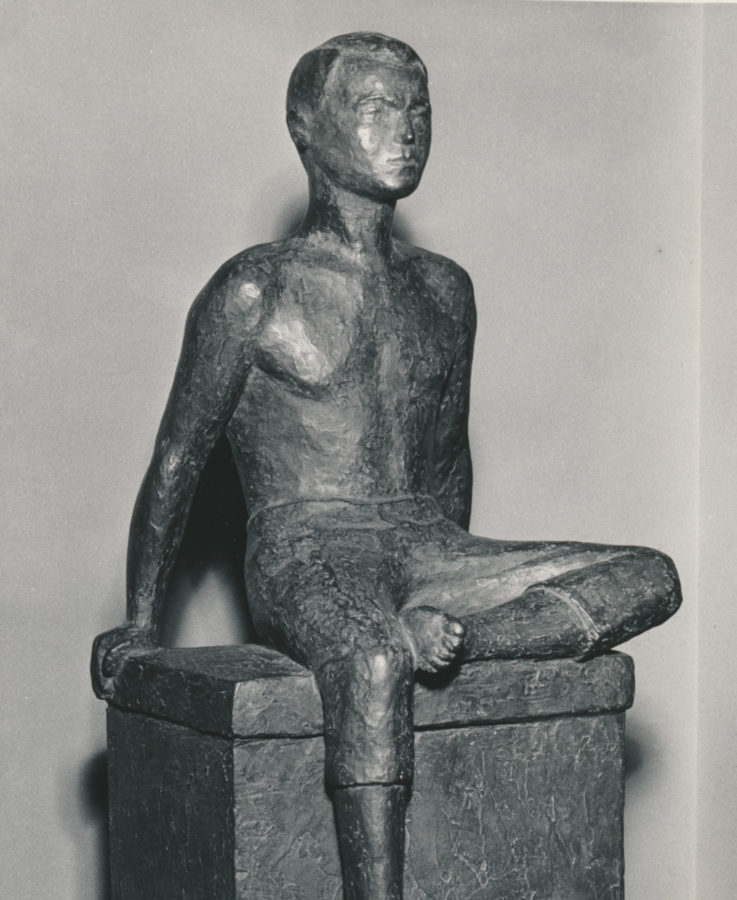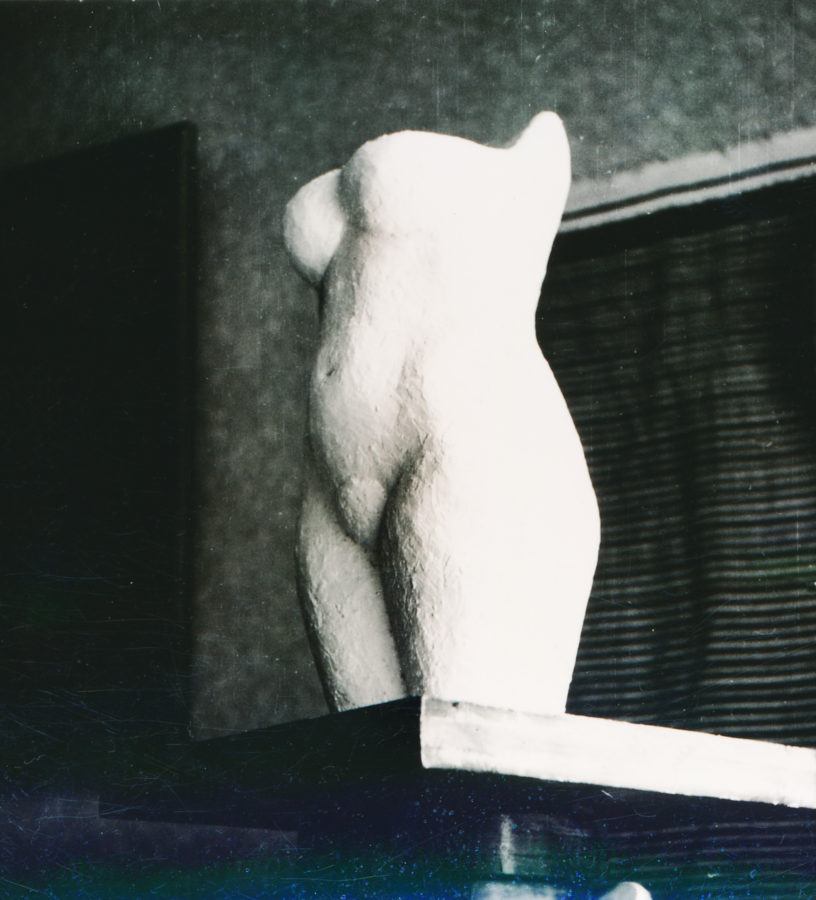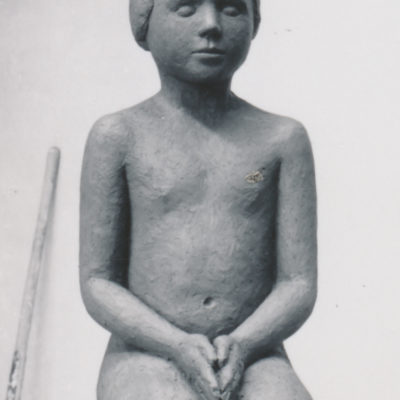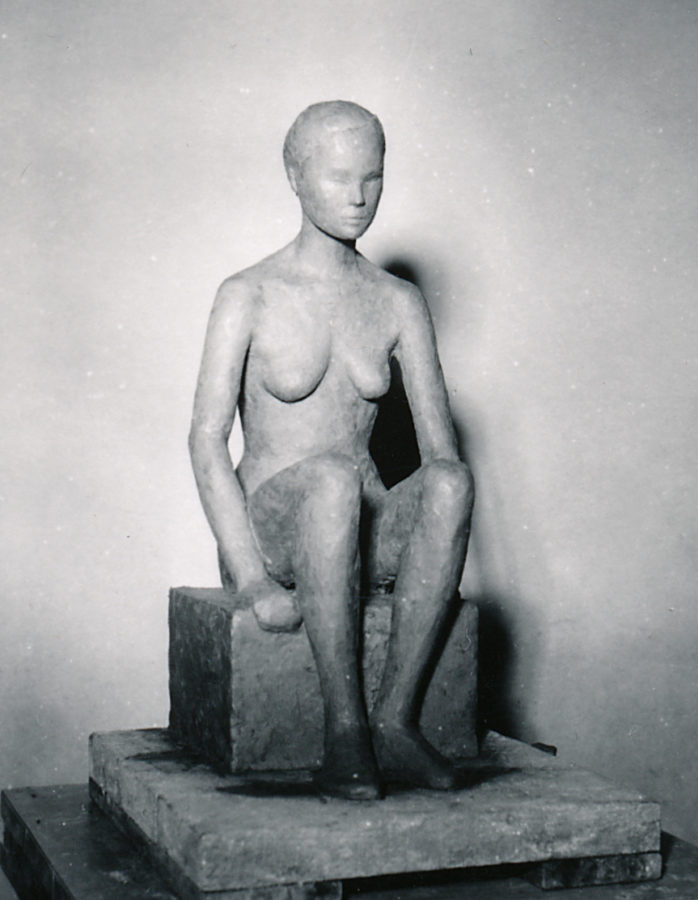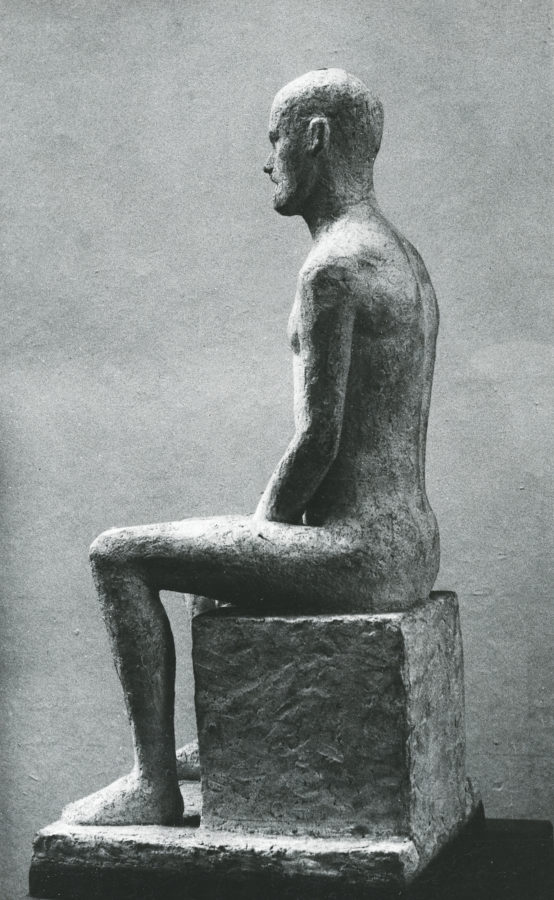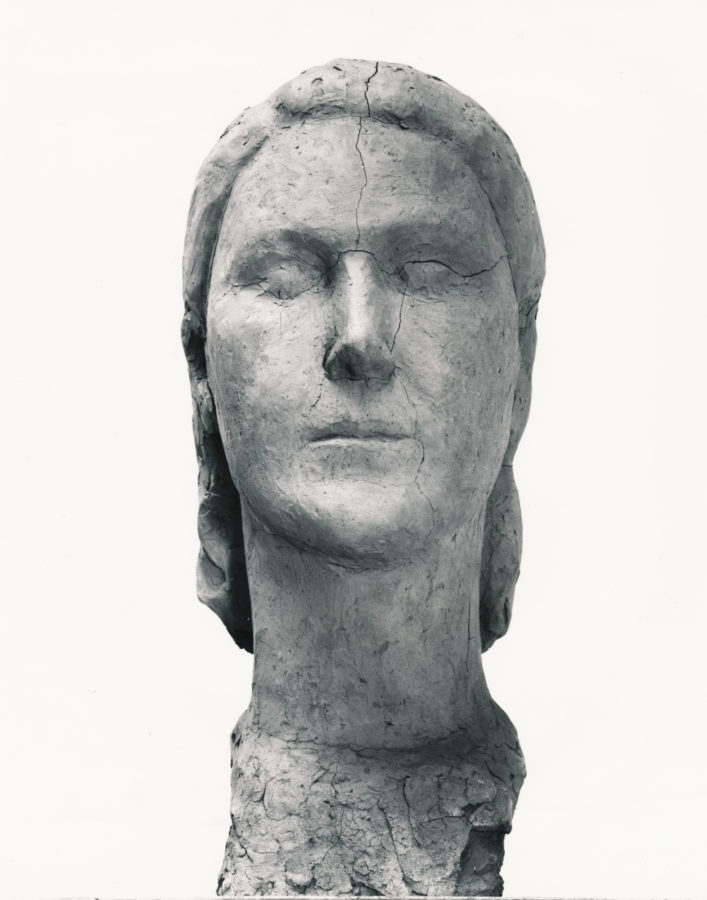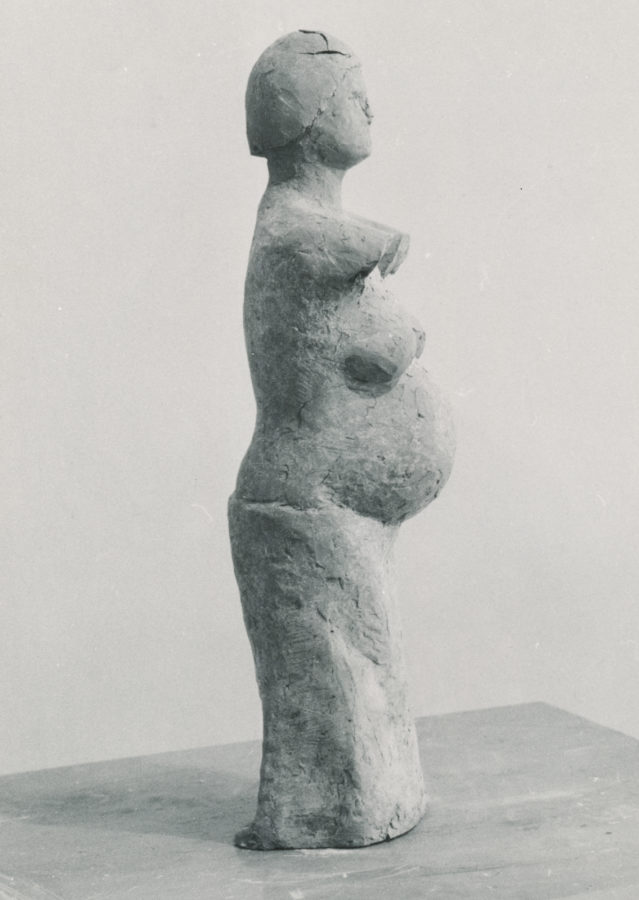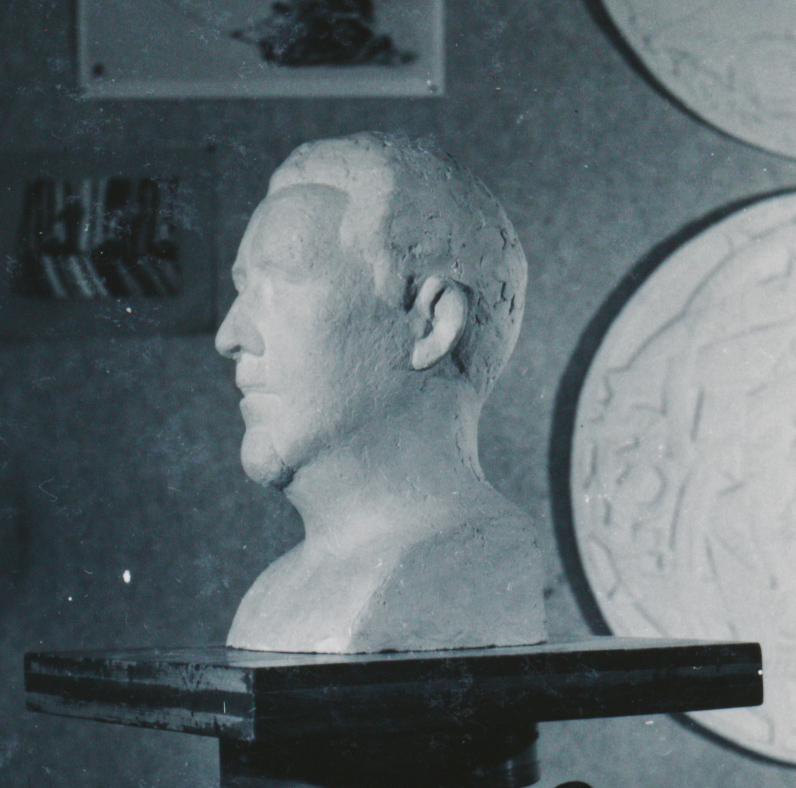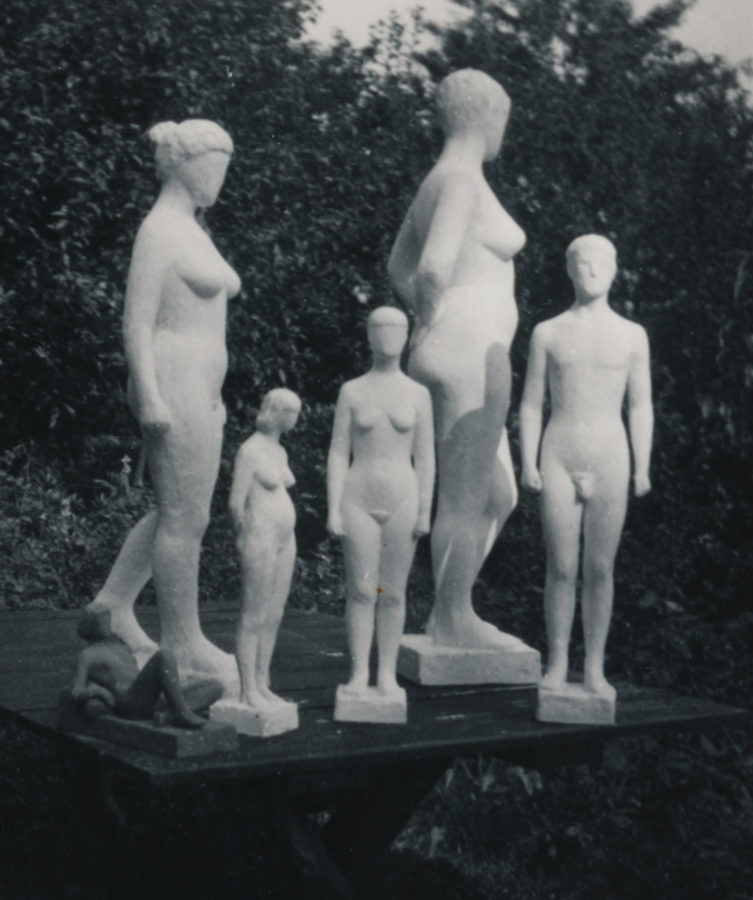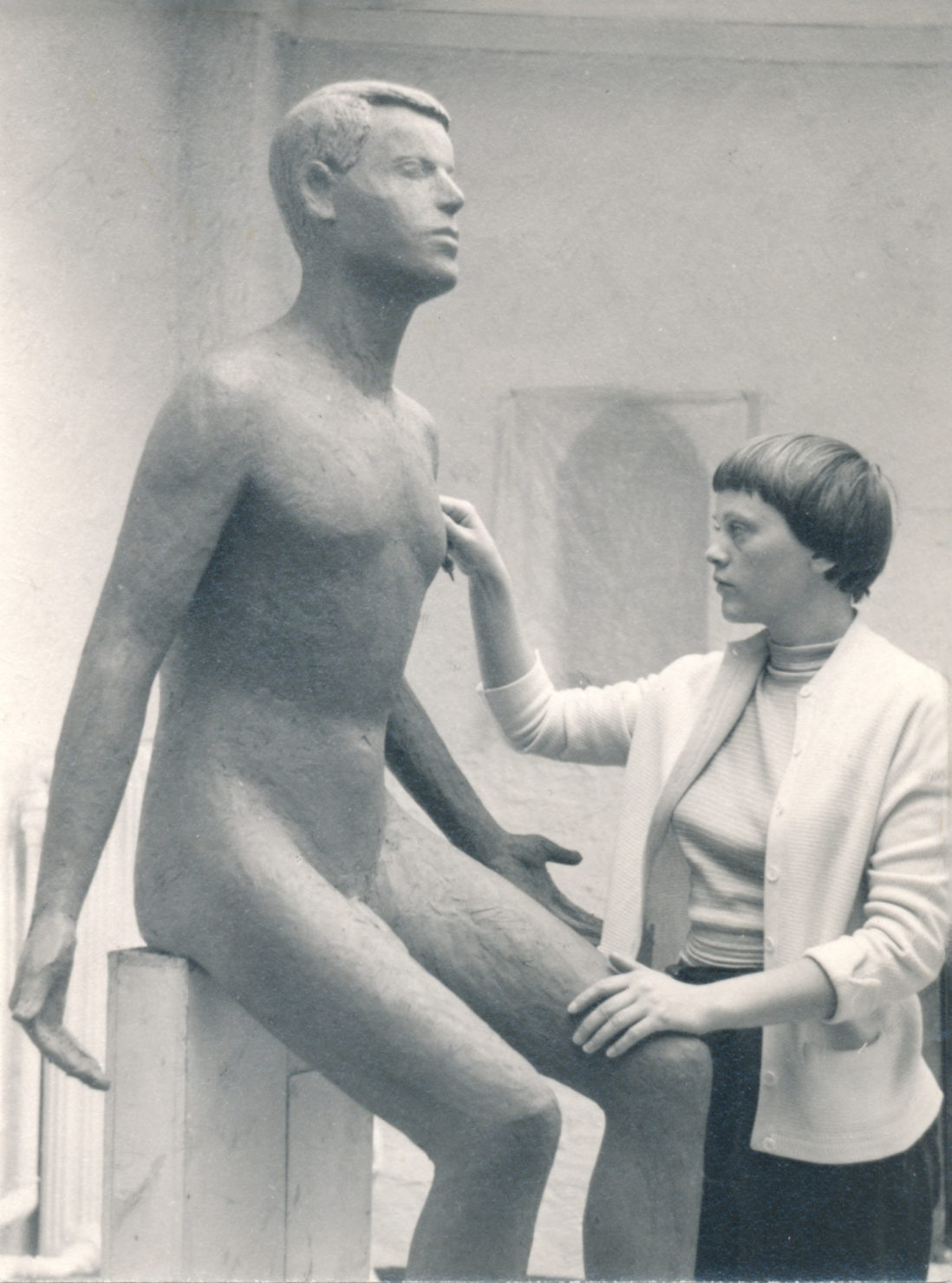
Back in the days when Nordic House was still in a sense the favourite son in the field of what could be called Nordic consciousness, each time we passed Ólöf Pálsdóttir’s Icelandic horse in its winter coat we were moved in the same way, and yet in a completely different way, as happens when a work of art refuses to allow the mind to rest, but rather awakens in us a feeling of disquiet. And the same is true of all art and artworks of any merit. Art should not lull us to sleep, or coax us into submission. Having been moved in this way as we passed the horse, we headed to the library, or the café, where visitors were invited to browse Nordic newspapers as a way of promoting unity and understanding between countries which are related on many levels, and yet could enjoy closer ties.
As well as being a creation in its own right, Ólöf’s horse also made reference to other artists’ works, forging a connection to the past, a past of Icelandic horses in winter coats amidst the cold and snow and misty landscapes. So it was with our horses, those trusty steeds, during an era when the national consciousness was convinced that it possessed both a definite mother-tongue and a secure fatherland. Nobody doubted it, and gender hadn’t become the beating heart of a great self-awakening. Above all, we believed as a country in our mother-tongue, our fatherland and the future. The future of our country and its people wasn’t fragmented. And the past wasn’t something that led to the end of the present. Contemporaneity wasn’t something that signalled an end to what was now. It wasn’t the psychosis of a place and a people who, culturally speaking, had for centuries resembled a shaggy Icelandic horse left outside to endure the harsh winter.
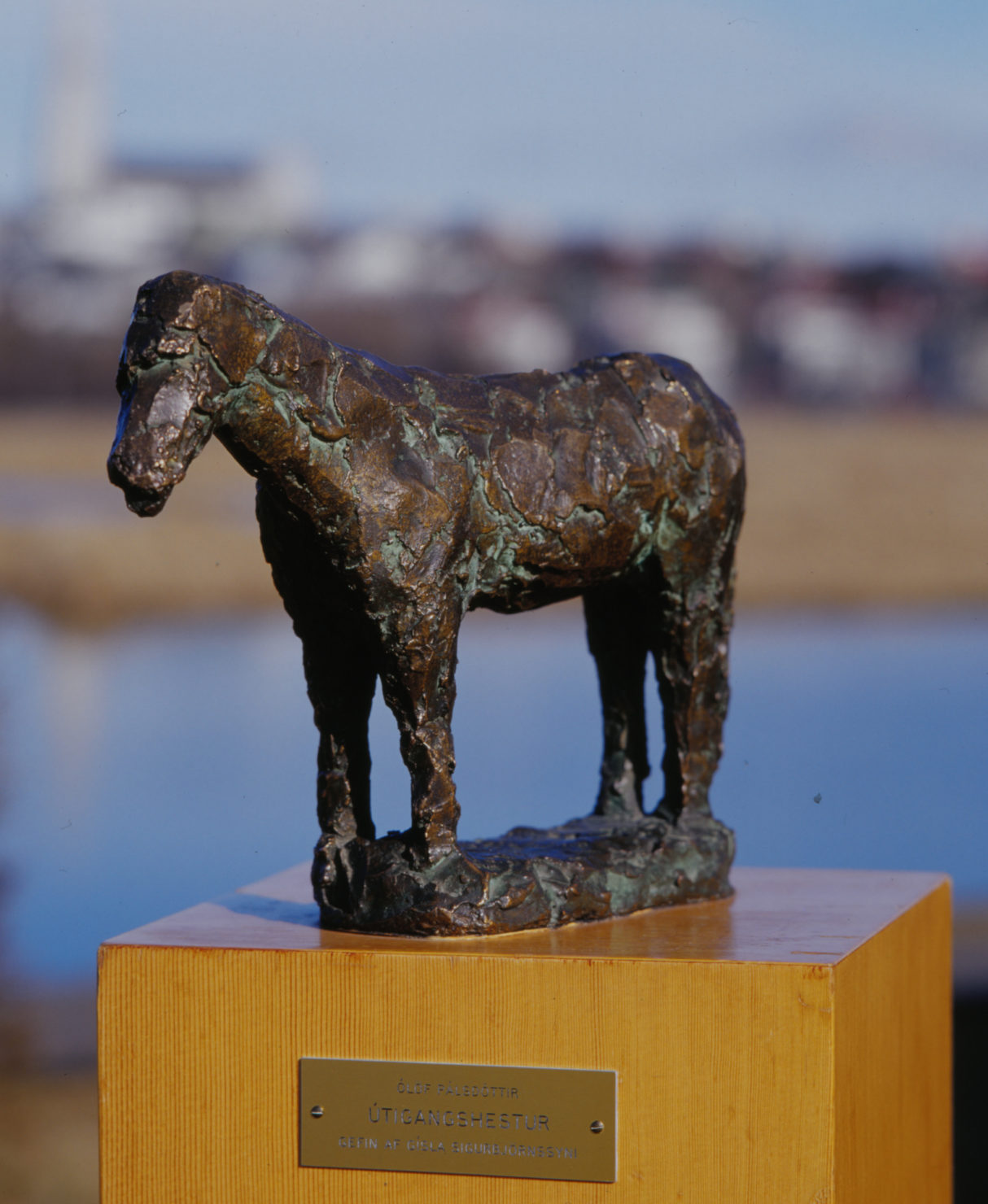
Ólöf’s horse was fashioned from tangible material. A different material from the one Jón Stefánsson used in his painting of Icelandic horses in winter. To connect Ólöf’s and Jón’s horses aroused a playful awareness and at the same time the universal joy of discovering and observing the coherency of art. Here was an example of continuity and affinity between a sculpture and a painting by two artists from the same country. Passing Ólöf Pálsdóttir’s winter horse and contemplating it with the naked eye, evoked in the mind’s eye of the visitor Jón Stefánsson’s horses in his painting in a distant museum. We could touch Ólöf’s horse with our eyes and hands, but not those of Jón, save with the inner eye of our memory. Which was more perfect? There was no way to measure that. In the field of beauty, both the tangible and intangible forms of art are perfect in their own way. Here was an example of binocularity in aesthetics that produced an intellectual harmony between perception and palpability, fashioned by hands. In both cases two things prevailed: thinking and intelligence in the artists’ hands. Controlled, of course, by the brain.
Olöf’s work was fascinating on a similar yet completely different level to that of Nina Sæmundsson. Nína was somehow more spiritual in the way she elongated her forms in the style of the Italian renaissance, enveloping her figures with tenderness, and because her sculptures were smooth on the surface, the very essence of their fabric appealed expressly to the part of the soul where untapped emotions reside. Yet without being mawkish or sentimental. Passing one of Nína’s sculptures, a different set of emotions and intellectual responses was aroused than when passing a work by Ólöf or Sigurjón Ólafsson. And yet they were all closely linked with the times in which they were created out of the material emerging from a relatively established nation.
Ólöf Pálsdóttir was special, unique among Icelandic artists in that she preferred to make the human body assume unconventional postures, not awkward but rather surprising, and yet without contradicting reality. She made the body bend to her artistic will. Almost as if she believed a man could simply inhabit his Icelandic being without assuming a posture of normality towards life and society, and it was unnecessary for her, the artist, to conform to that national tradition. Ólöf disliked stasis, and yet she never broke up the body’s forms, cobbling them back together, as was common among the expressionists, for example. With her hands she would simply bend the body’s forms, at once elevating them, and taking care – masterfully – always to leave something missing from the whole, so that the observer could add “part of their inner selves” to “the matter and form”. Ólöf Pálsdóttir never overstated. Nor did she say with her hands:
To speak is to stay silent – or vice versa, for in the end everything becomes its opposite.
Yet Ólöf never forgot the silence that lies beneath sound. She preserved the silence in her own way when she sculpted a figure of a musician playing silent strings on his instrument.
Now all these admirable people have vanished into the repository of our memory and the history of Icelandic art: Nína Sæmundson, Sigurjón Ólafsson and lastly Ólöf Pálsdóttir.
Guðbergur Bergsson
February 2018
From the category About Ólöf, in the Archive



